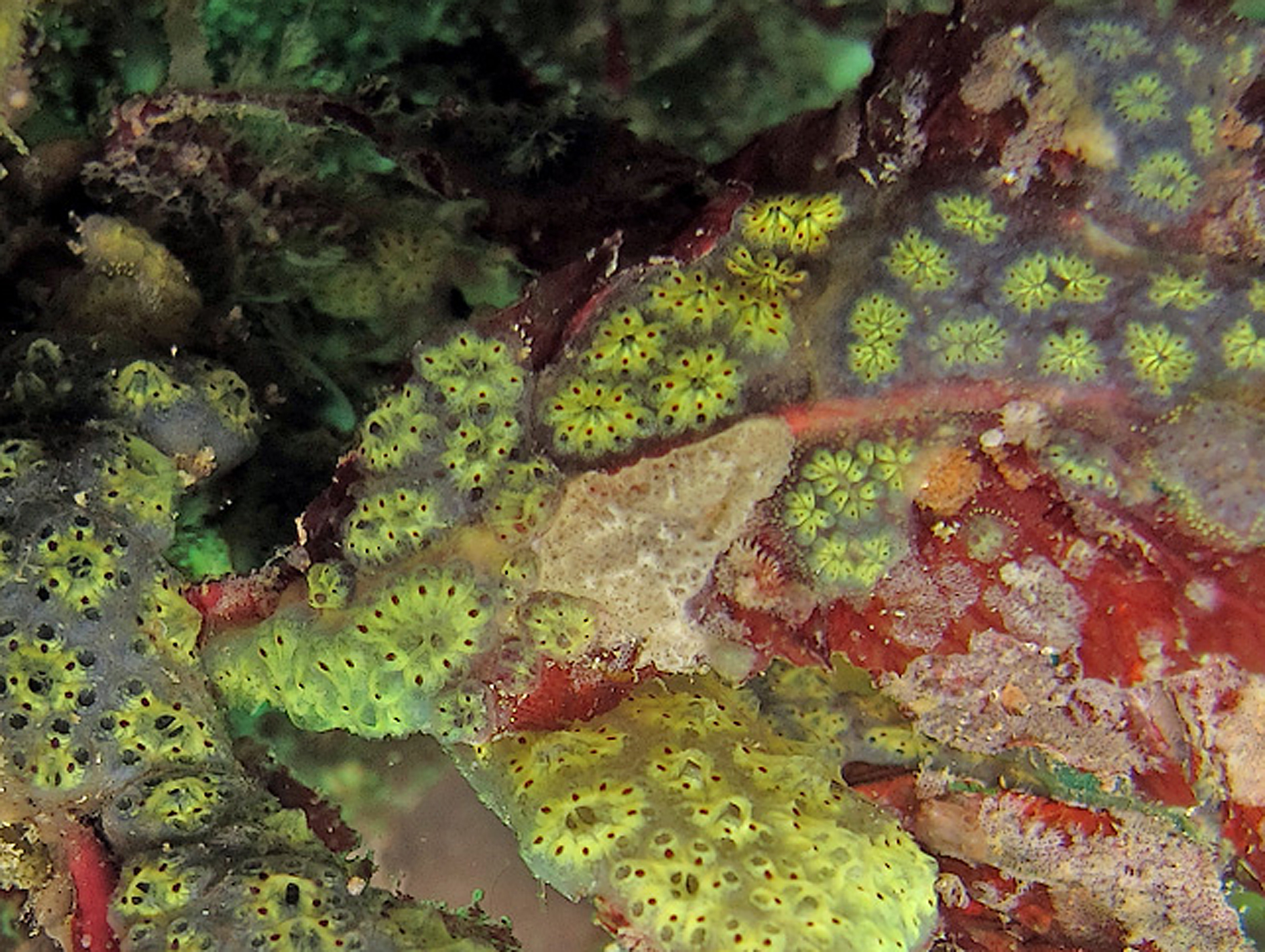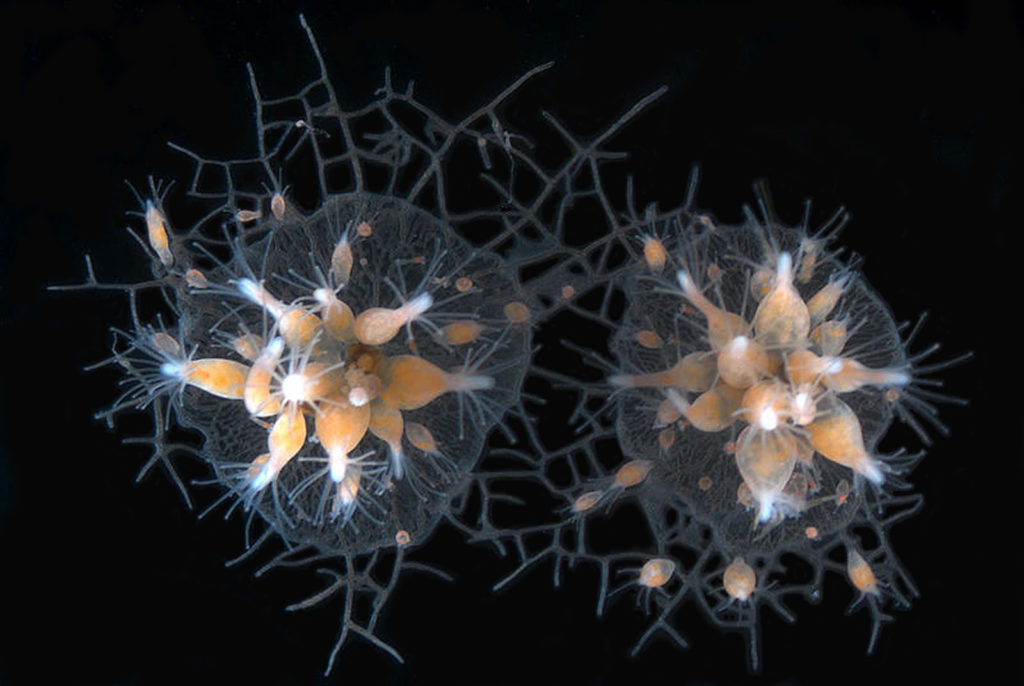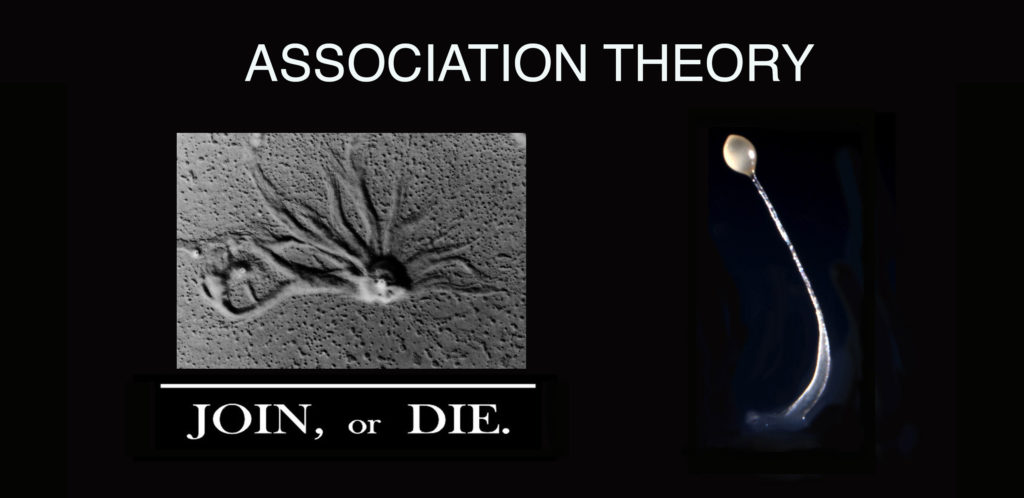
A general historical framework for analyzing social evolution
I was led to a new social evolutionary theory by examining one of the outstanding conundrums of social evolutionary theory: the evolution of genetic kin recognition.
Genetic Kin Recognition
Previous theoretical studies of marine invertebrates suggested that highly variable cues used for kin recognition must be maintained by selection for “something else.” Yet, empirical test ruled out selective pressures other than discrimination itself in two model marine invertebrate species: Botryllus schlosseri and Hydractinia symbiolongicarpus (Grosberg and Hart 2000).
Genetic Kin Recognition Model
My “historical” model allows for separate behaviors that determine fusibility and within organism interactions.
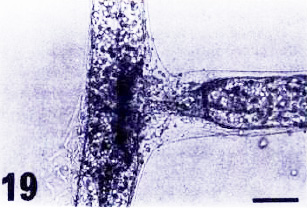
I assumed that within-organism conflict may happen only after fusion occurs.
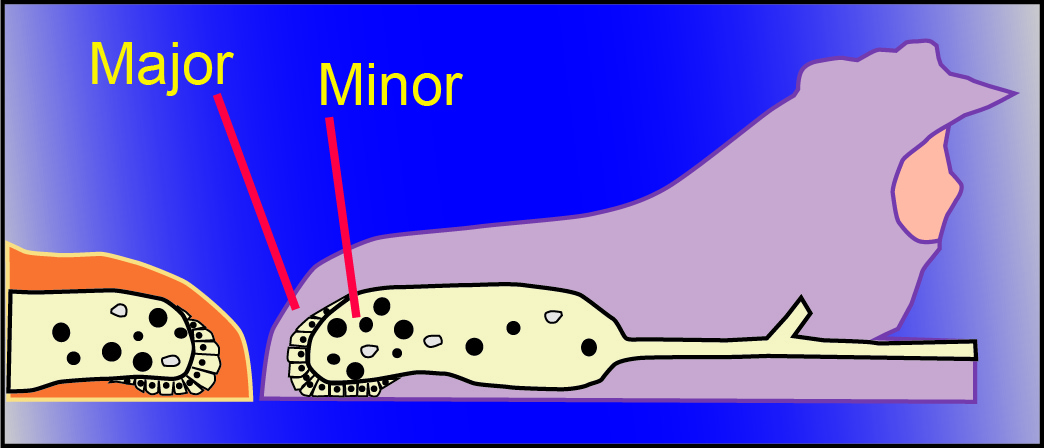
“Major histocompatibility” cues are detectable before fusion, “minor histocompatibility” cues are detectable after fusion.
Prediction for stepwise process
My model predicts a sequence of evolutionary steps leading to genetic kin recognition.
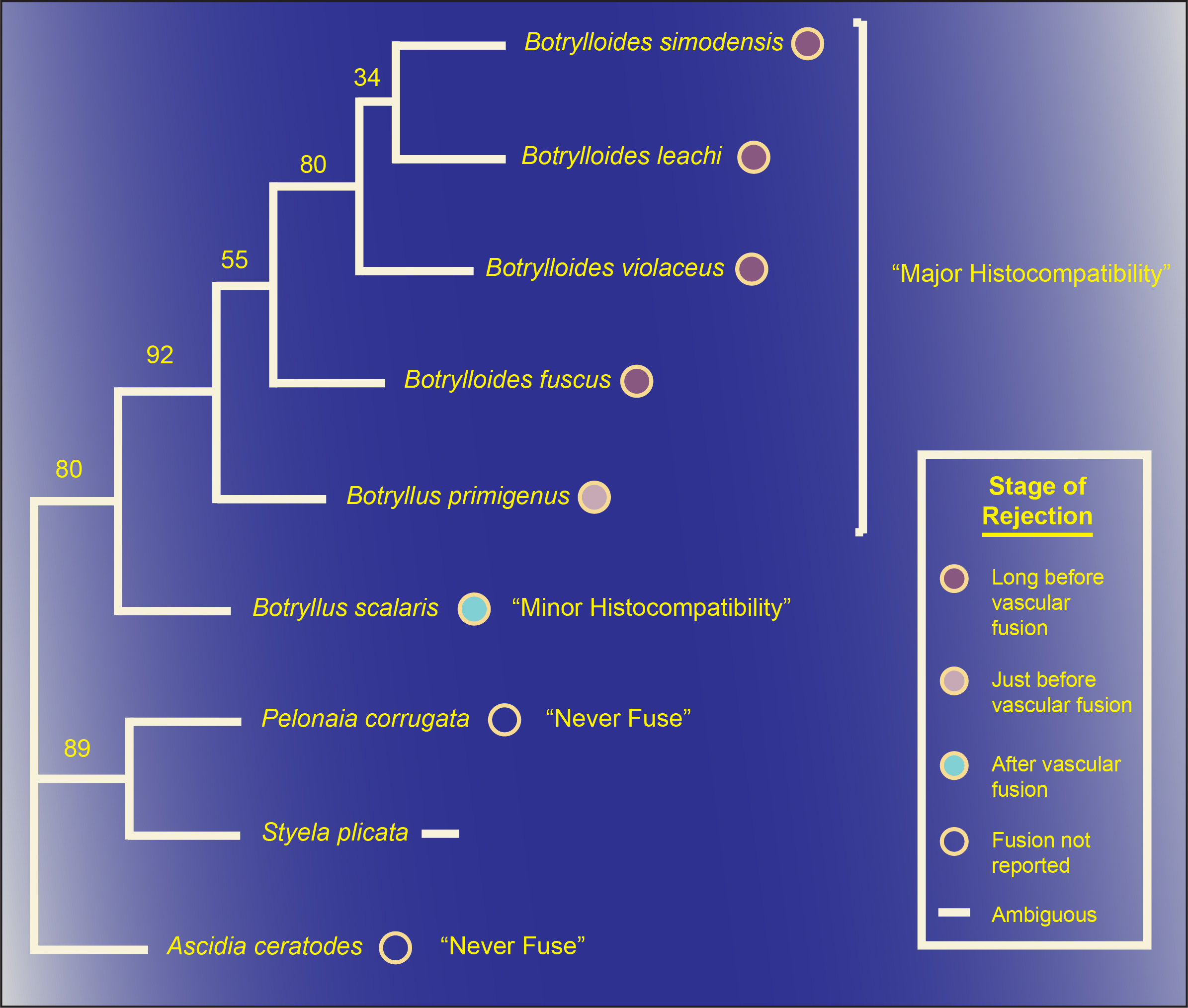
Prediction for genetics
Extreme polymorphism will evolve adaptively only where a separate cue is used for histocompatibility, as for within-organism conflict.
Implications for Social Theory
“Association theory” builds upon several key assumptions of my histocompatibility model that made it explain genetic kin recognition.
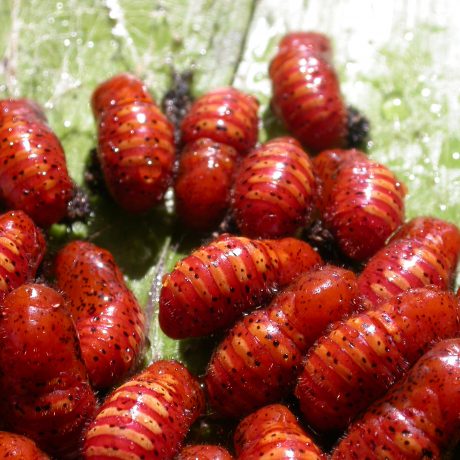
Three core differences to inclusive fitness
Association theory: (1) Does not confuse altruism and association (2) allows for more stepwise evolutionary processes leading to complex social systems; (3) allows complex genetics.
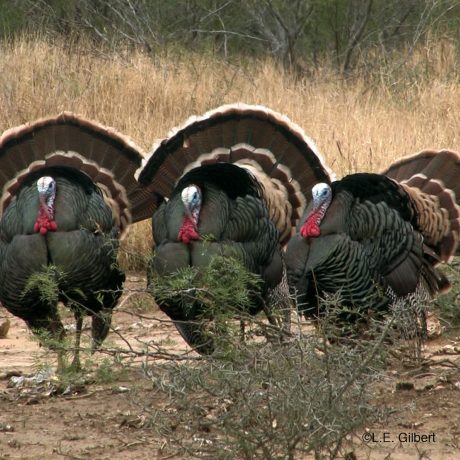
Subsidiary differences
Under association theory, kin recognition could be used for either differential treatment or association preference. In contrast, inclusive fitness theory often defined kin recognition as differential treatment (note: whether one helps or harms is different from whether one enters the context for a social action).

Kin recognition is a major source of citations for kin selection theory (Web of Science search for key words: “kin selection” and “altruism” or “kin recognition”).
Implications for social theory
My alternative model suggests that kin recognition is not primae facie evidence for inclusive fitness.
Implications for Evolutionary Theory
Three core differences to fitness-maximization explanations for complex traits
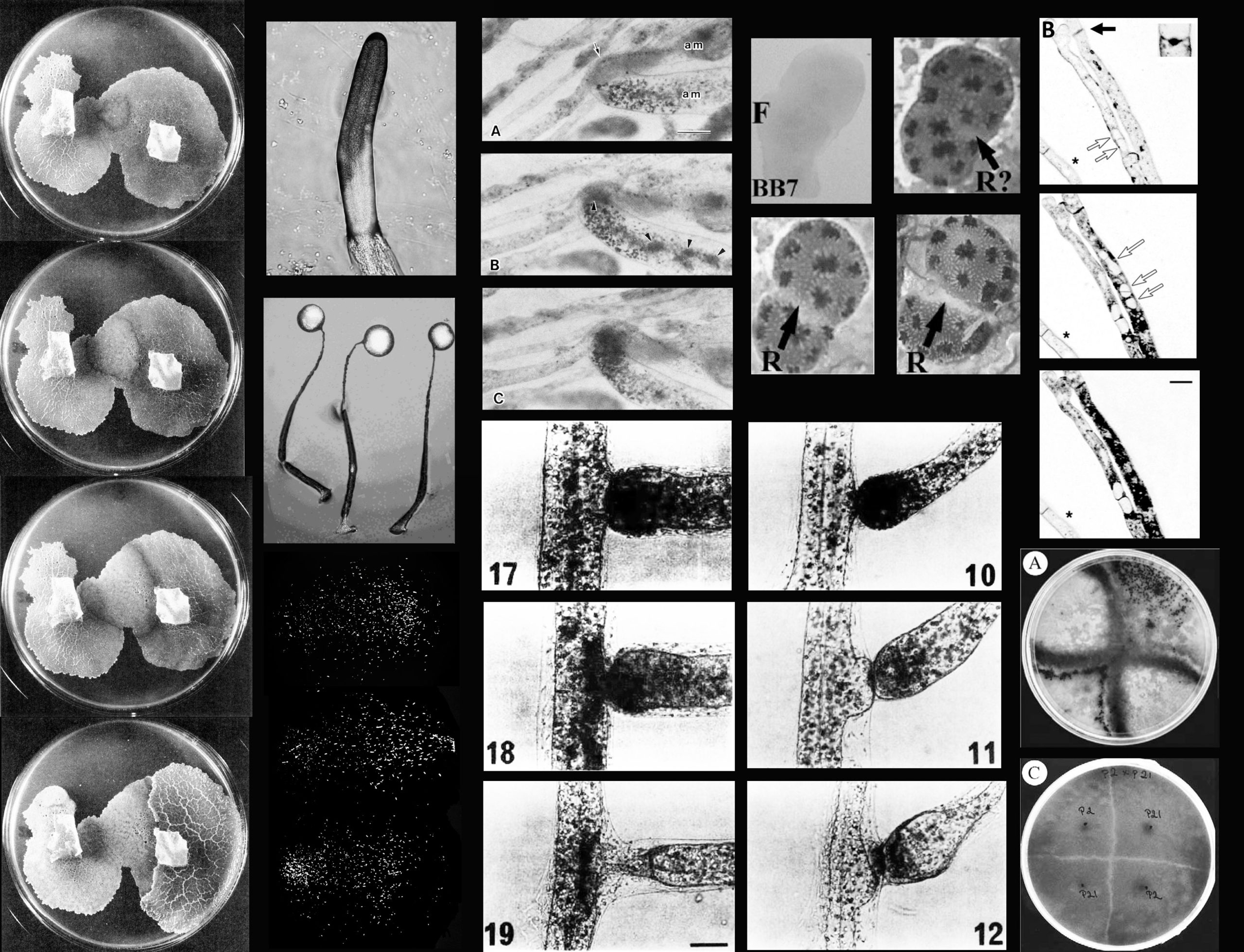
Association theory: (1) Does not assume a complex trait is simple (2) does not assume a complex trait evolves in a single step; (3) allows for a stepwise evolution process.
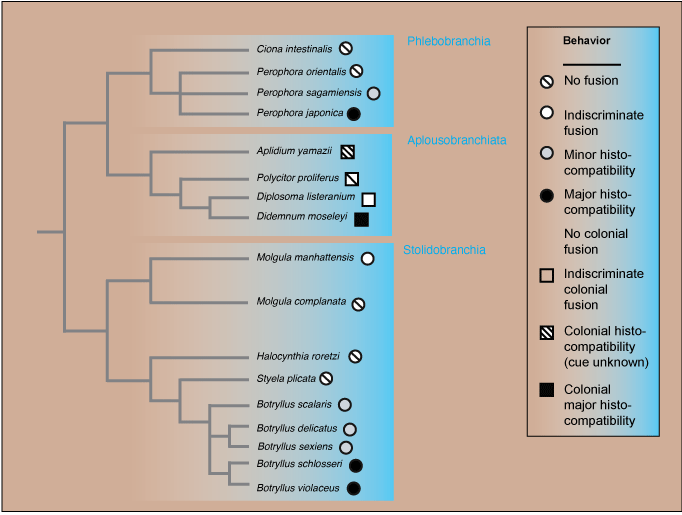
Consilience with natural reward theory
A primary assumption of the natural reward theory is that complex traits may evolve for reasons that have nothing to do with long-term success. Genetic kin recognition may evolve for reasons that have nothing to do with controlling the spread of social parasites.
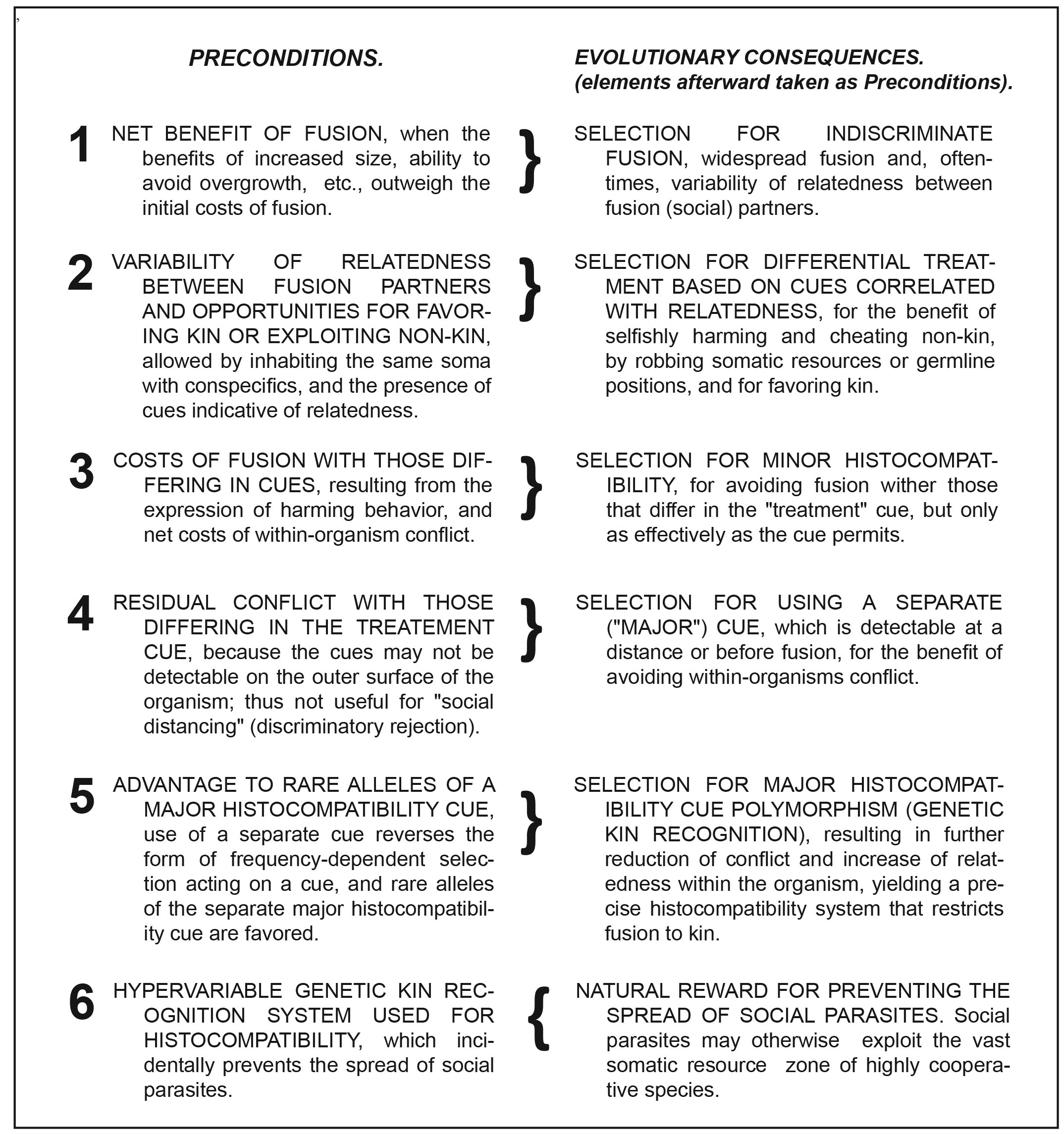
Implications for evolutionary theory
The theory of natural reward distinguishes causes for origin and success. It suggests hypotheses for success must be empirically tested.
Theory evaluation
How do we choose which theory is correct?
Unification
Association theory meshes with Darwinism by invoking natural selection as a non-teleological force.
Predictive power
Association theory yields completely new predictions for the genetic basis of behavior. It also predicts a stepwise evolutionary process, that may be evaluated by reference to phylogenetic comparative data.
Resolution of anomalies
Association theory resolves a number of anomalies of including (1) why genetic kin recognition cues are evolutionarily stable, (2) why cheaters are rarely found in nature, (3) why some organisms associate preferentially with kin despite lacking altruistic behavior, and (4) why some organisms associate indiscriminately with both kin and nonkin.
